What is the average hourly cost of metal cnc machining? How do you calculate it? Many companies that need to use this process for parts manufacturing are concerned about the problem, then, what is the cost of metal cnc machining? What factors does it involve? How do you control it systematically to maintain a competitive advantage? Let’s explore these questions in depth and solve your doubts.
Why are CNC services so expensive?
First of all, the answer to this question and answer is not easy to explain. With the spread of 3D printing and rapid prototyping, many people thought CNC machining services should become cheaper and cheaper. However, in reality, the price of CNC service is higher and higher, the cost of cnc service depends on many factors, such as labor cost, transportation cost, material cost, with the rise of labor cost and transportation cost, so the price of CNC service is soaring. Although the price of CNC services is high, but its high precision and efficiency in many manufacturing and machining process is irreplaceable, there is a solution to reduce the appropriate CNC service is when you mass produce CNC parts, the overall manufacturing cost will be reduced, you an order to produce the number of CNC parts, the lower the price of each CNC parts online.
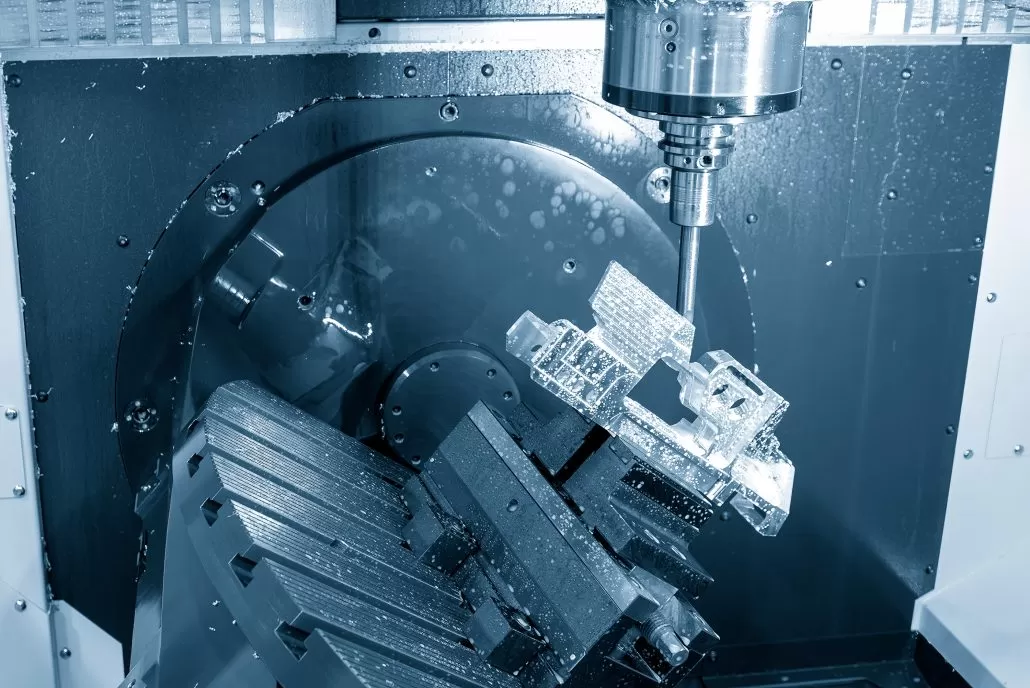
Metal CNC machining average per hour cost calculation
The average hourly cost calculation for CNC machining of metals involves a number of factors, including equipment cost, labor cost, material cost and other related expenses. Here’s a rough calculation:
Understand the components of machining costs
The cost of CNC machining of metal consists of several parts. These expenses include materials, machinery and equipment, maintenance and operation costs. The following is the detailed cost details:
- Material cost: The cost of materials required for machining, such as aluminum, steel, copper, etc.
- Machine and equipment cost: the purchase cost of CNC machine tool and its wear and tear cost, such as wear and maintenance cost.
- Maintenance cost: maintenance cost of CNC machine tools, such as tool replacement, repair, etc.
- Operating cost: Labor cost required to operate CNC machine, such as wages, insurance, etc.
Calculate material cost per hour
First, you need to calculate the cost of materials per hour. The calculation formula is as follows:
Material cost per hour = number of materials machining per hour * Unit price of materials
“Processes per hour” here refers to the production capacity of machinery and equipment. The production capacity of machinery and equipment is usually provided by the equipment manufacturer in terms of net hours worked per hour. For example, if the net machining time per hour of machine equipment is 50 minutes, then the number of processes per hour is 50/60=0.83.
The unit price of materials refers to the cost of purchasing the materials needed. This cost can be obtained from the supplier. For example, the cost of aluminum needed to turn a block into a part of a device is $2.50 per pound. If the equipment consumes 5 pounds of materials per hour, the required material cost per hour is 5*2.5= $12.50.
Calculate the cost of machinery and equipment per hour
Next, you need to calculate the cost of equipment per hour. This cost is usually calculated by the following formula:
Machine and equipment cost per hour = (purchase price/service hours of equipment) + (electricity fee per hour * machine power) + maintenance cost
The purchase price refers to the purchase cost of the machine and equipment, and the service hours of the equipment refer to the estimated service years of the CNC machine multiplied by the annual net machining hours. Electricity charge per hour is the electricity cost of the machine and equipment, and the power of the machine refers to the power value of the machine and equipment. Maintenance is the cost of maintaining machinery and equipment.
For example, the purchase price is $100,000 and the device is expected to last five years with 3,000 net machining hours per year. Electricity costs $0.20 per hour and the machine power is 10 kilowatts. Maintenance is expected to cost $50 an hour. Then machine and equipment cost per hour = (100,000 / (53000) + (0.210) +50= $0.067.
Calculate the operating cost per hour
Finally, you need to calculate the cost per hour of operation. This cost is as simple as adding the hourly operating wage to other costs, such as $25 per hour operating cost.
Calculate the total cost per hour
After calculating the cost of materials, machinery, equipment, and operation per hour, you can calculate the total cost per hour. The calculation formula is as follows:
Total cost per hour = material cost per hour + machine and equipment cost per hour + operation cost per hour
For example, a material cost of $12.50 per hour, a machine cost of $0.067 per hour, and an operating cost of $25 per hour would result in a total cost per hour of $37.57.
Through this formula, the average cost of CNC machining of metal per hour can be calculated. Enterprises can make more accurate pricing strategies and make more reasonable production plans according to this cost.
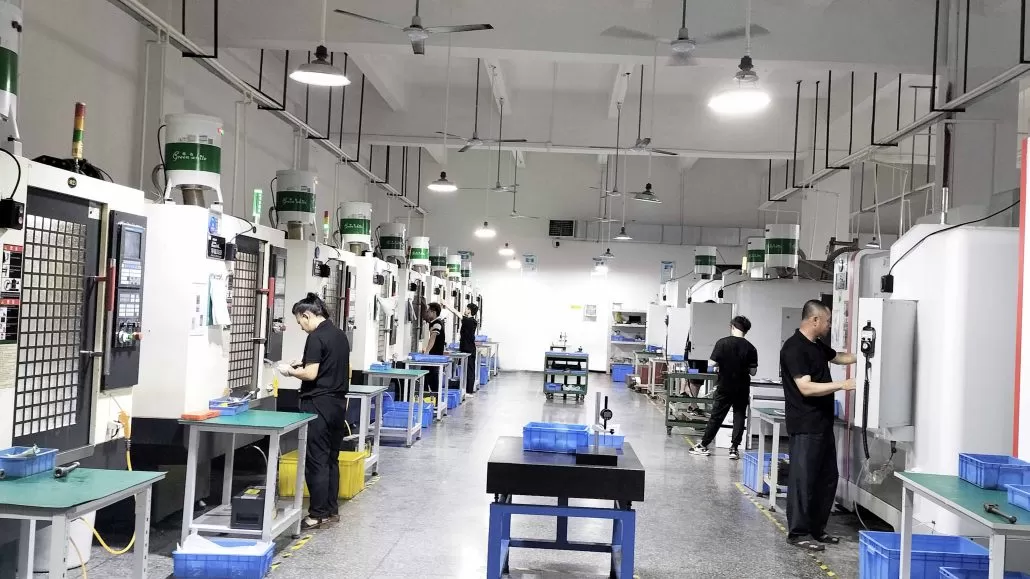
What factors determine the cost of metal CNC machining
Metal CNC machining cost is affected by a number of factors, these factors are not independent, they are interrelated, including but not limited to the following aspects:
Product design
Product design is an important factor affecting machining cost. Reasonable product design can not only reduce machining costs, but also improve machining efficiency, thereby increasing productivity, product design affects the metal CNC machining cost, mainly reflected in the product structure, product size, complexity of parts, let’s take a look:
Product structure
The complexity of product structure affects the machining difficulty and cost. In metal CNC machining, the influence of product structure on the cost is mainly through the choice of process equipment and the decision of machining difficulty. For different machining equipment suitable for different types of structures. For example, for products with simple geometric shapes, we can choose mechanical lathes for machining, while for complex products, we need to use CNC machining centers. If the product structure is not reasonable, it may lead to more difficult machining or even more expensive machining equipment, which will increase the machining cost.
Therefore, optimizing the product structure is the key to reduce the cost of metal CNC machining.
Product size
The size and precision of the product directly affect the machining cost. Designing too large a size or precision requirements beyond the machine’s machining capacity can lead to increased machining difficulty and cost, but there are also some “pitfalls”.
Too small size will lead to high requirements of Angle, roundness and parallelism, thus increasing the difficulty of machining . This means higher quality machining equipment and more machining steps are needed to ensure the quality of product delivery. In addition, for products of too small size, it is easy to break, damage and other defects, which will increase the cost of rework and maintenance.
Therefore, in product design, we need to take into account the actual size of the product in the process of machining , so as to reduce unnecessary machining costs.
Part complexity
Part complexity of product design will affect the cost of machining . The complexity of product parts refers to the number, shape, size and machining difficulty of the parts that make up the product. Complex geometric shape, internal structure or detail requirements usually require more machining steps, higher machining accuracy and longer machining time, thus increasing the cost. In addition, for more complex parts, the possibility of rework is higher due to the large number of parts, which will also increase the cost.
Therefore, the optimization of product complexity is another important factor to reduce the cost of metal CNC machining.
Material selection
The type and quality of materials chosen has a direct impact on both the quality and cost of the final product, and the price and machining difficulty of different materials vary. Some special alloys or high performance materials are usually more expensive to process. Here is a look at how different metal materials affect machining costs:
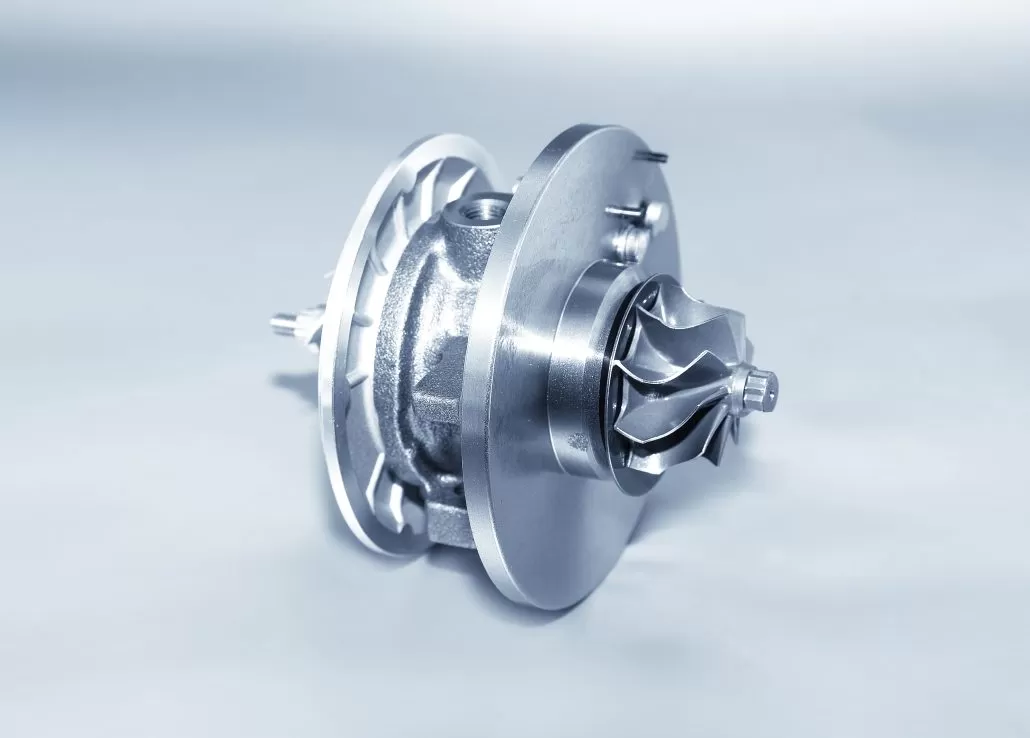
Brass material
Brass is an alloy of bronze and zinc, usually brown in color. Brass materials are characterized by high strength, good corrosion resistance, deformation and wear resistance. Compared to other metals, brass is relatively inexpensive, with the cost of brass usually ranging from $10 to $20, depending on factors such as the alloy’s composition, purity, and market price fluctuations. However, it should be noted that brass materials are difficult to process, so the price and cost may increase.
Aluminum material
Aluminum is a high-strength and corrosion-resistant metal material that can be CNC machining into a variety of complex parts. Aluminum is relatively cheaper than brass, usually between $2 and $5. Different grades of aluminum alloys have different costs, but aluminum is slightly more difficult to process than brass, mainly due to its high melting point and heavier chips.
Steel material
Steel materials have high hardness, strength and wear resistance, and are generally used to make durable parts, mechanical components, body parts, etc. The cost range of ordinary carbon steel is usually between $1 and $3. Because steel is harder, machining steel parts usually requires higher grade cutting tools and more stringent machining parameters. Steel may be machining slower and require more cutting force, which can lead to higher machining costs.
Stainless steel material
Stainless steel has corrosion resistance, high temperature strength and good mechanical properties, and is often used to make high-quality parts and mechanical components. The cost of stainless steel is usually between $5 and $30. Because of its hardness and high cutting strength, stainless steel is more difficult to process than brass, aluminum, and steel. Machining stainless steel parts usually requires special cutting tools and machining techniques. These additional requirements and machining complexities can lead to higher costs.
machining quantity
Machining quantity is an important factor in metal CNC machining cost. Different quantities of machining will have different effects on costs. The following is the general impact of small batch, medium batch and large batch on metal CNC machining cost:
Small batch
If you only need to process a small number of metal parts, then small batch machining is an ideal choice. Although its machining quantity is small, it still needs to consume a lot of time and manpower and material costs in the process of machining . Small batch machining is usually carried out in the quantity range of less than 200, which is usually in order to meet certain specific requirements, such as prototype production, sample manufacturing, etc.
Small batches tend to be relatively expensive because of the time it takes for the machine to start and stop, and the cost of machining each part is higher because these costs need to be spread over each part. In addition, small batch machining generally requires more manual operation and adjustment, which leads to a longer machining cycle.
Medium batch
If the number of metal parts you need to process ranges from several hundred to several thousand, for example 100-1000, then medium batch machining is an option you need to consider. Medium batch machining costs are lower than small batch machining because the cost of each part is spread over more parts. Therefore, medium batch machining is a relatively economical and efficient machining mode.
The cycle time of medium batch machining is shorter than that of small batch machining , because once machining is started, it can be continued for a period of time without the need for frequent downtime and start-up. Medium batch machining can also use more automated tools, such as robots and automatic feeding, to reduce the number of manual operations.
Large quantity
If you need to process more than a few thousand parts, for example, more than 1,000 to 10,000 parts, then mass machining is the method you should choose. Mass machining allows the cost of each part to be reduced even further. Automated tools, such as multi-axis machine tools, automatic feeding and robots, are often used for mass machining to reduce the amount of manual operation and adjustment.
The cycle time for mass machining is short because a large number of parts can be machining simultaneously during production. However, mass machining requires more equipment and facilities, and therefore more investment.
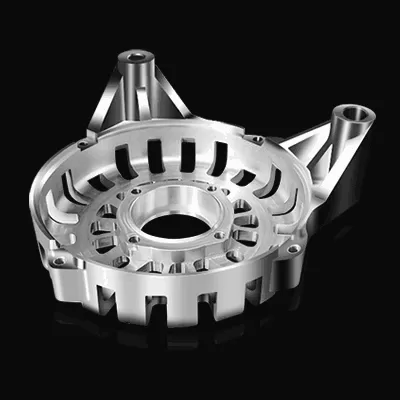
other
Some of the additional costs involved in CNC machining of metals include:
Equipment cost
CNC machining requires the use of special CNC machine tools and related equipment. The cost of purchasing, leasing or maintaining equipment can have an impact on machining costs. Equipment costs range widely, from a few thousand dollars to several million dollars.
Small CNC machines, such as desktop or small lathes, typically cost between a few thousand and tens of thousands of dollars. These machines are suitable for smaller scale machining tasks and low precision requirements.
The price of medium-sized CNC machine tools (such as vertical machining center, horizontal machining center) is generally between tens of thousands to hundreds of thousands of dollars. These machine tools have higher accuracy and machining capacity, suitable for medium scale production and higher demanding machining tasks.
Large CNC machine tools (such as gantry machining centers, CNC lathes) are usually priced at hundreds of thousands to millions of dollars. These machine tools are suitable for mass production, machining of complex parts and tasks requiring high precision.
The cost of purchasing, leasing or maintaining such equipment can have an impact on the cost of machining . High-precision, multi-axis, multi-function CNC machines are usually more expensive, while low-cost machines may limit machining capacity and efficiency. In addition, maintenance, repair and replacement of equipment also have an impact on costs.
Surface finishing
In the process of metal CNC machining, sometimes it is necessary to carry out surface treatment on parts, such as polishing, sandblasting, spraying, coating, etc., in order to improve surface quality, protect parts or meet specific needs. Surface finishing entails additional material, process, and labor costs, which may include surface treatment agents, grinding materials, spraying agents, specialized equipment, and operator salaries. They are separate from the metal CNC process itself. However, many service providers offer discounts to customers who use them for machining and finishing
Custom tool
Some complex parts may require custom cutting tools, jigs, or other special tools to be machining . Custom tools require additional investment in design, manufacture, and commissioning. The use of special tools may improve the efficiency, accuracy and quality of machining , but also increase the cost.
How to reduce the cost of metal CNC machining
CNC machining of metals is very reliable and cost effective compared to alternatives. Most of the time, after estimating the cost of CNC machining of metals, CNC machining of metals may cost customers more, especially if they do not produce a large number of products. You can adjust the metal CNC machining cost to fit the budget range of your project parts in the following ways:
Re-select the material for machining
Consider using lower-cost alternative materials or alloys to meet product performance requirements while reducing material costs. Compare the price and machining characteristics of different materials, and make a choice based on specific needs. Here, we recommend the use of some excellent performance materials. Such as high quality aluminum alloy, not only has good strength and rigidity, and light weight, but also good machinability, can greatly shorten the machining time, so as to reduce the cost of CNC machining , in the re-selection of materials, need to ensure that the material and raw material mechanical properties have the same tensile strength grade. This method can reduce the cost of materials.
Optimal design
By optimizing product design and process design, can reduce material waste, shorten machining time and reduce costs, more suitable for CNC machining design principles are: reduce complexity, simplify the structure of parts, reasonable configuration of holes and edges, can reduce the machining difficulty and time. CNC machining costs can be high if your design has complex shapes or unconsidered structures. At this point, we recommend that you use a geometrically simple structure instead of a complex structure, or use a large amount of material to support a small load. At the same time, the number of parts should be reduced as far as possible in the design, because the number of machining stages in CNC machining is one of the important factors affecting the cost.
Select suitable CNC machining equipment and tools
CNC machining equipment and tools need to be selected according to the machining needs and the actual situation. Different machining tasks may require different types and specifications of equipment and tools. Choosing the right equipment and tools can improve the efficiency, accuracy and stability of machining , thus reducing the cost of machining . For example, some manufacturers may choose multi-functional CNC machining equipment, which can reduce equipment investment. However, buying expensive equipment and tools is not necessarily better than buying more cost-effective equipment and tools. Therefore, it is recommended that you choose CNC machining equipment and tools tailored to your actual needs and budget. At the same time, when purchasing tools, also be aware that if the useful life of the tool is too short, the loss of time and cost will be more than buying expensive tools.
Outsourcing of metal machining services
Outsourcing metal machining services is the use of external suppliers of resources and skills to complete the machining task. This method can save a lot of costs for enterprises. Longsheng, as a professional metal CNC machining service company, provides a series of services to help manufacturers reduce costs, improve production efficiency and focus on the core business.
Before we offer our services, we will help you develop a budget and costing. This will allow you to understand the costs required for your project, plan in time, and allow you to adapt the project to your own needs.
Our services include CNC milling, CNC turning, aluminum alloy machining , sheet metal fabricationand so on. Not only that, we also provide customized services, no matter what kind of products you need, we can process according to your needs.
Our metal CNC machining service for European and Asian countries is usually $25 – $35 per hour, with five axis machines priced from $65 – $110 per hour. Longsheng Technology is a perfect example of a Chinese company that can guarantee quality while still offering affordable prices. We offer metal parts for 4-axis machines for $11- $20 and metal parts for 5-axis machines for $25.
We believe that by cooperating with us, you will get the best metal machining service. Whether you are a small business or a large business, we can provide the best quality service. We know that our success depends on our customers, so we are committed to providing the best service to each of them.
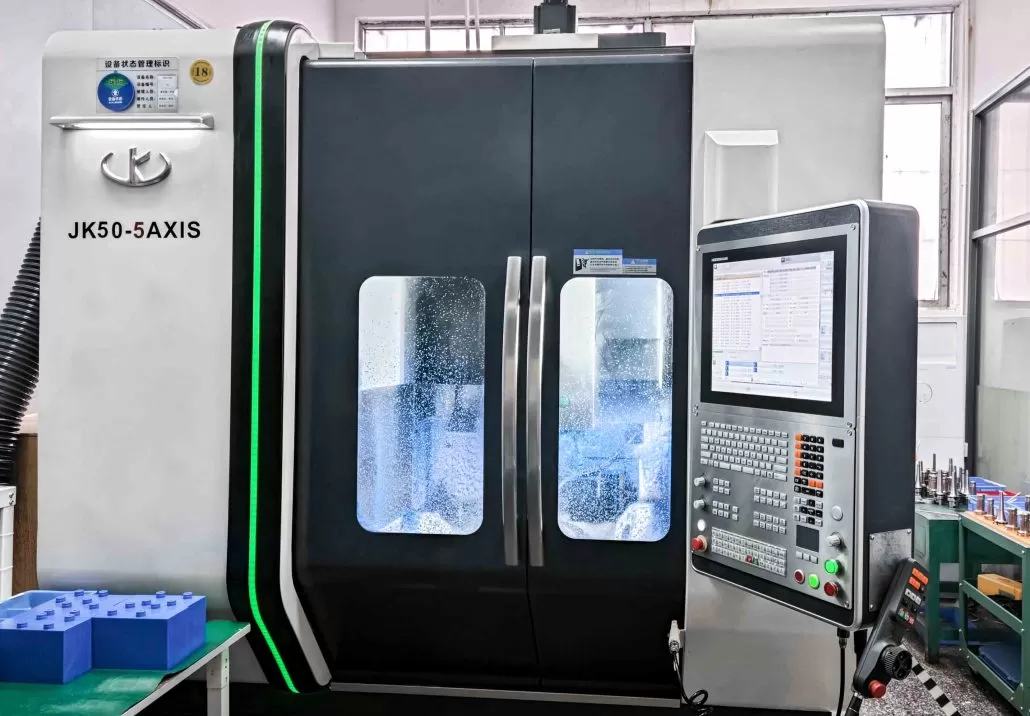
Longsheng Technology: metal CNC machining ideal solution
If you are looking for CNC machining services for metals, you have come to the right place! Longsheng is your best choice, we provide high quality metal machining services, can meet your any needs.
Longsheng has a high quality technical team, they have many years of machining experience and professional technical knowledge, can provide customers with a full range of metal machining services. Longsheng’s advanced machining equipment, with high precision and high efficiency, can meet the various needs of customers, whether parts machining , mold manufacturing, or a variety of complex parts machining can be met.
Longsheng’s services cover various fields, from automobile manufacturing to military equipment, from electronic manufacturing to medical equipment, Longsheng can provide customers with high quality machining services. In the pursuit of high quality, high efficiency in the manufacturing industry today, Longsheng with its professional technology and service to provide customers with satisfactory solutions.
Contact us to learn about our metal machining services and to explore your project needs. We look forward to machining with you to build a bright future together.
FAQ
Metal CNC machining can manufacture various metal parts and products, such as mechanical parts, molds, tools, automotive parts, aerospace parts, etc. It can meet the needs of various industries and application fields.
Metal CNC machining usually has high accuracy, which depends on factors such as machining equipment, tools, programming, and materials. Generally speaking, metal CNC machining can achieve high accuracy requirements, usually within a range of several micrometers or even smaller.
The cost of metal CNC machining usually includes material costs, equipment and tool usage costs, labor costs, and other auxiliary expenses. The cost is also influenced by factors such as machining complexity, machining quantity, and surface treatment.


